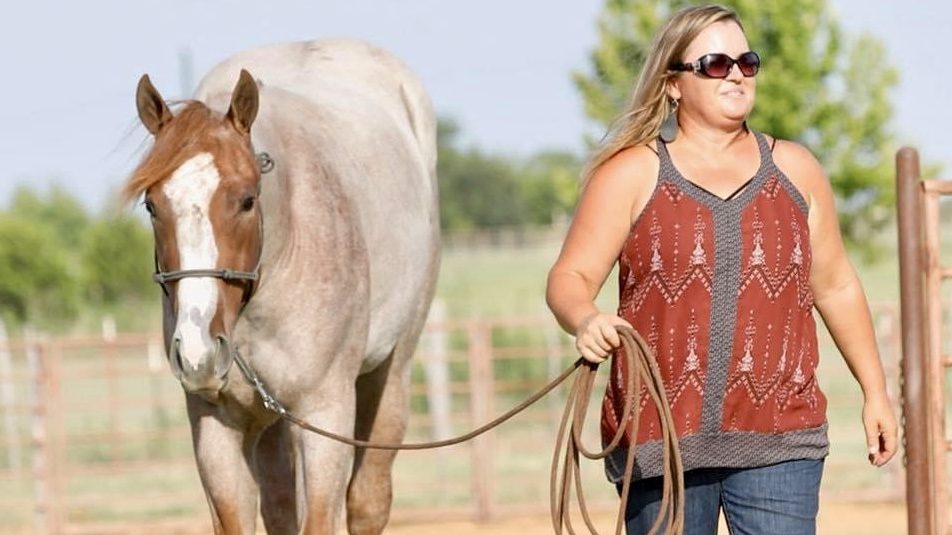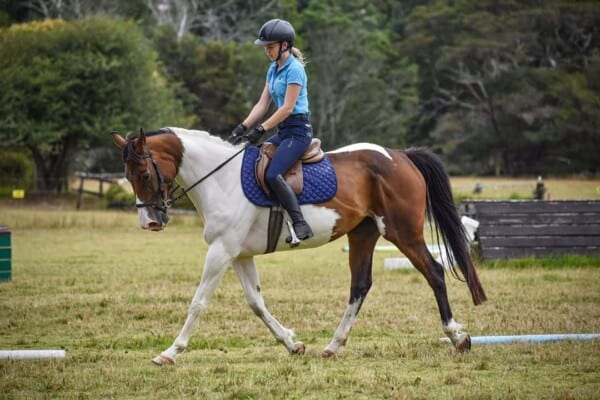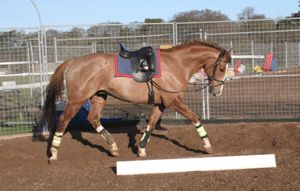Ground Manners: Teaching a Horse Respect Without Fear

Teaching ground manners to a horse is essential for building a trusting and respectful relationship. Ground manners refer to the behaviors a horse exhibits when handled on the ground, such as leading, standing still, and responding to cues. The goal is to teach respect without instilling fear, ensuring the horse is calm, confident, and cooperative.
Why Ground Manners Matter

Good ground manners are the foundation of safe and effective horse handling. They prevent accidents, make training easier, and enhance the bond between horse and handler. Horses that respect their handler without fear are more willing to learn and less likely to develop behavioral problems.
Key Principles of Teaching Ground Manners
| Principle | Explanation |
|---|---|
| Consistency | Use the same cues and responses every time to avoid confusing the horse. |
| Patience | Allow the horse time to understand and respond without rushing or forcing. |
| Positive Reinforcement | Reward good behavior with treats, praise, or gentle pats to encourage repetition. |
| Clear Communication | Use body language and voice cues that the horse can easily interpret. |
| Safety | Always prioritize safety for both horse and handler by maintaining awareness and control. |
Steps to Teach Respectful Ground Manners
- Establish Trust: Spend time near the horse, speaking softly and offering treats to build a positive association.
- Introduce Basic Commands: Teach the horse to stand, walk, and stop on cue using gentle pressure and release techniques.
- Practice Leading: Use a halter and lead rope to guide the horse, rewarding calm and attentive behavior.
- Desensitize to Touch: Gently handle different parts of the horse’s body to reduce sensitivity and build confidence.
- Set Boundaries: Teach the horse to respect personal space by using consistent cues to prevent crowding or pushing.
Common Ground Manners to Teach
- Leading politely without pulling or lagging
- Standing quietly while being groomed or tacked up
- Yielding hindquarters and forequarters when asked
- Accepting handling of feet for cleaning and shoeing
- Responding calmly to sudden noises or movements
Frequently Asked Questions (FAQ)
Q: How long does it take to teach good ground manners?
A: The time varies depending on the horse’s age, temperament, and previous training, but consistent daily practice usually shows progress within weeks.
Q: What if my horse becomes fearful during training?
A: Stop and give the horse time to relax. Use calming techniques like soft voice and gentle pats, and avoid forcing the horse.
Q: Can ground manners training replace riding training?
A: No, ground manners are foundational but separate from riding skills. Both are important for a well-rounded horse.
Q: Are treats necessary for training?
A: Treats are helpful for positive reinforcement but not mandatory. Praise and gentle touch can also be effective rewards.
Summary
Teaching ground manners is about fostering respect through kindness, patience, and clear communication. By focusing on respect without fear, handlers can create a safe and enjoyable environment for both themselves and their horses.
Would you like me to help improve the clarity or add more examples to this content? Here are some follow-up tasks you might consider:
- Simplify language for beginners
- Add more training tips
- Expand FAQ section
